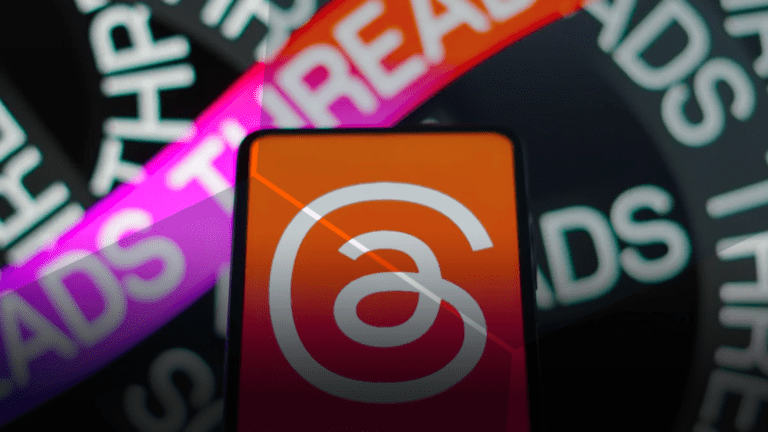
Rebecca Holloway
Senior Social Media Strategist
Rebecca is an award winning Senior Social Media Strategist who specialises in paid social media campaigns.
Title tags are often overlooked, they're an afterthought. However, with some simple SEO tips you can write a great title tag in minutes.
Something I have learned in the last few weeks is how important the details can be when it comes to SEO, even when looking at something as simple as title tag. It’s the first thing a user is going to see when browsing search engines, it’s the first connection they’re going to have with you and your brand, and will give them an indication of whether your content is going to be of interest them. Get the right title, and you’ll be good to go.
There are four key points to any title tag:
By focusing on these four areas chances are you’ll end up with a pretty good title in the end.
The title of your webpage is going to be shown in search engine results, at the top of your user’s web browser, and across social media sites. It’s critical that your title describes your webpage’s content, and offers a great experience to the user. You can achieve this by staying relevant and accurate, thus giving a better idea of what to expect. Something I’ve learnt is that you should always aim to give the best user experience possible. This is going to help get you into Google’s good book.
Search results only display between 50-60 characters, so make sure your best content is within that range, or if you want to be precise, 512 pixels. Sticking to this will ensure your title isn’t cut off, and it’s about the average for what social media sites will allow. Although it’s important to take length into consideration, don’t fret over it all day. Think Twitter and its 280 characters. Whatever length you opt for, keep in mind you should be aiming for a title tag which will convert. Conversion is key if you want to have any results from putting this much effort into your title.
So we know that the title has got to be good, it’s got to get attention in SERPs and it needs to stand out in the crowd, but what should you include? With title tags being one of the most important on-page SEO elements, you must include keywords, they’re essential for ranking. Words nearer the beginning of a title have more weight, so place your keywords here, and if you’re prepared to go a little longer, have multiple, just make sure you don’t stuff. Keyword stuffing is an absolute no no.
When writing your title tag, you should always include your brand name. It’s going to help increase brand awareness and build up a level of trust between your company and readers. Put your brand name at the end of the title to finalise your title tag. The structure of your title should be as follows:
Primary Keyword – Secondary Keyword | Brand Name
That just about sums up everything you need for a great page title. It might seem daunting starting out, but as long as you stick to the point of your article, and stay focused, you’ll be fine.
Got any questions about content marketing? Get in touch with us here.

Senior Social Media Strategist
Rebecca is an award winning Senior Social Media Strategist who specialises in paid social media campaigns.
View my other articles and opinion pieces below
When it comes to B2B social media marketing, few platforms are more misunderstood than TikTok. These misconceptions can lead to one of the most exciting platforms in social media marketing being written off by B2Bs – and huge opportunities missed. If you don’t take TikTok seriously enough, you will miss out to the businesses that […]

What’s the point? I think about that question all the time. No, I’m not having an existential crisis. I think about it because it’s the first question on the minds of many of our clients and prospects when considering their social media marketing activity. Why is social media important for businesses? What’s the value of […]

Uncertainty. There are few words more toxic in the world of business. And if there’s any business that’s been plagued by uncertainty, it’s Twitter. If you have paid Twitter Ads as part of your business-to-business marketing strategy, you’ll no doubt have felt more than your share of uncertainty over the last year. That ends now. […]

Everyone is talking about Threads. After months of chaos and rule changes on Twitter, Meta’s new platform is promising the repackaged return of Twitter’s golden years. Have a Twitter B2B marketing campaign sitting on the shelf that you haven’t had the chance to launch? This is a perfect opportunity to use it on Threads instead, […]
